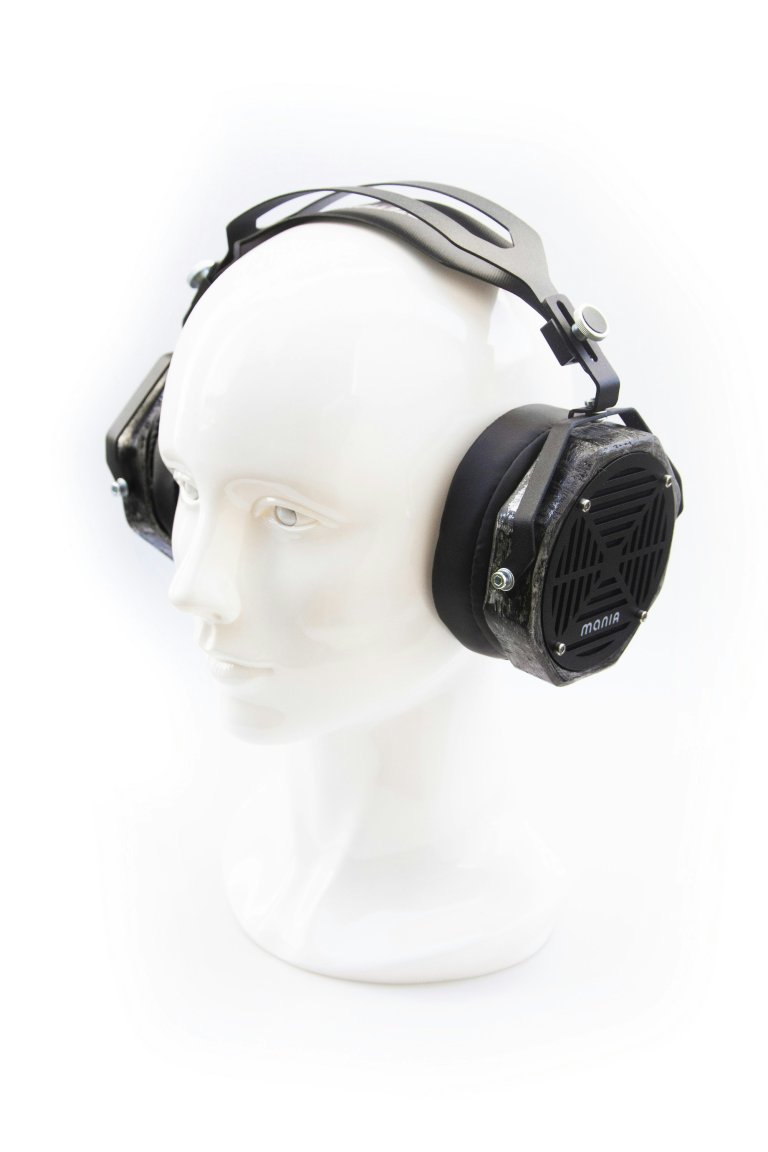Why We Need Wireless Headphones?
In a world where technology is constantly evolving, wireless headphones have become a popular trend. They are headphones that do not require wires to connect to the device, hence the name “wirelessâ€. Instead, they use Bluetooth or radio frequency signals to connect to smartphones, laptops, and other electronic devices. Many of us have already embraced this technology, but some may still question the need for wireless headphones. In this article, we’ll delve into the reasons why wireless headphones have become a necessity in today’s world.
Convenience and Portability
One of the main reasons we need wireless headphones is the convenience they offer. With traditional wired headphones, we are often restricted to a certain distance from the device and are constantly bothered by tangled wires. This can be especially frustrating when we are on the move or during physical activities. Wireless headphones eliminate these restrictions, allowing us to enjoy our music, videos or podcasts while moving freely without any wires getting in the way.
Moreover, wireless headphones are incredibly portable as they are lightweight and easy to carry around. This makes them perfect for those who travel frequently or are always on the go. With their compact design, you can simply take them with you wherever you go, whether it’s on a flight, at the gym, or during your daily commute.
Better Sound Quality
Another reason we need wireless headphones is the improvement in sound quality. Advanced technology is constantly being used to enhance the audio experience for users. Wireless headphones are equipped with high-quality drivers and advanced noise-canceling features that deliver an exceptional sound experience. This is especially beneficial for music enthusiasts or those who use headphones for work purposes, such as video editors or professionals who need to listen to audio files.
With the advancement of wireless technology, the sound quality of these headphones has greatly improved, offering crystal clear audio with minimal interference. Additionally, many wireless headphones come with different sound settings, allowing you to customize your listening experience according to your preferences.
Multi-Device Connection
Wireless headphones offer the convenience of being able to connect to multiple devices at once. This means you can seamlessly switch between your phone, laptop, and tablet without the need to constantly unplug and plug in different sets of headphones. This makes it easier to answer calls, switch between music playlists, or watch a movie on another device without any interruptions or tangled wires.
Moreover, wireless headphones have the ability to connect to multiple devices simultaneously. For example, you can connect your headphones to your laptop and phone at the same time, allowing you to listen to music on one and still receive calls from the other. This multitasking feature is a huge advantage for those who lead busy lives and need to be connected to their devices at all times.
Comfort and Durability
With advancements in technology, wireless headphones have become more comfortable and durable than ever before. Many manufacturers now offer customizable sizes and designs, allowing users to find the perfect fit for their ears. This eliminates the discomfort often associated with wearing headphones for an extended period of time.
Furthermore, wireless headphones are designed to be more durable and withstand daily wear and tear. Unlike traditional wired headphones, they are not prone to damages or wear and tear due to constantly being tugged on or caught in objects. With proper care, wireless headphones can last for a long time, saving you the hassle and cost of constantly replacing them.
Better for Health
Many experts believe that wireless headphones are better for our health compared to traditional wired ones. This is because wireless headphones do not emit electromagnetic fields (EMF) like wired headphones do. EMFs are produced when a current flows through wires, and they have been linked to various health issues, including increased risk of cancer, headaches, and fatigue.
Moreover, wireless headphones also reduce the risk of headphone-related injuries such as ear infections or damaged eardrums due to constantly being exposed to loud music from traditional headphones.
Final Thoughts
Wireless headphones have become more than just a luxury item; they have become a necessity in our daily lives. With their convenience, improved sound quality, multi-device connection, comfort, and health benefits, it’s no wonder that they have gained immense popularity. As technology continues to advance, we can expect to see even more improvements and innovations in the world of wireless headphones. So, if you haven’t upgraded to wireless headphones yet, now is the time to do so and take your listening experience to the next level.




